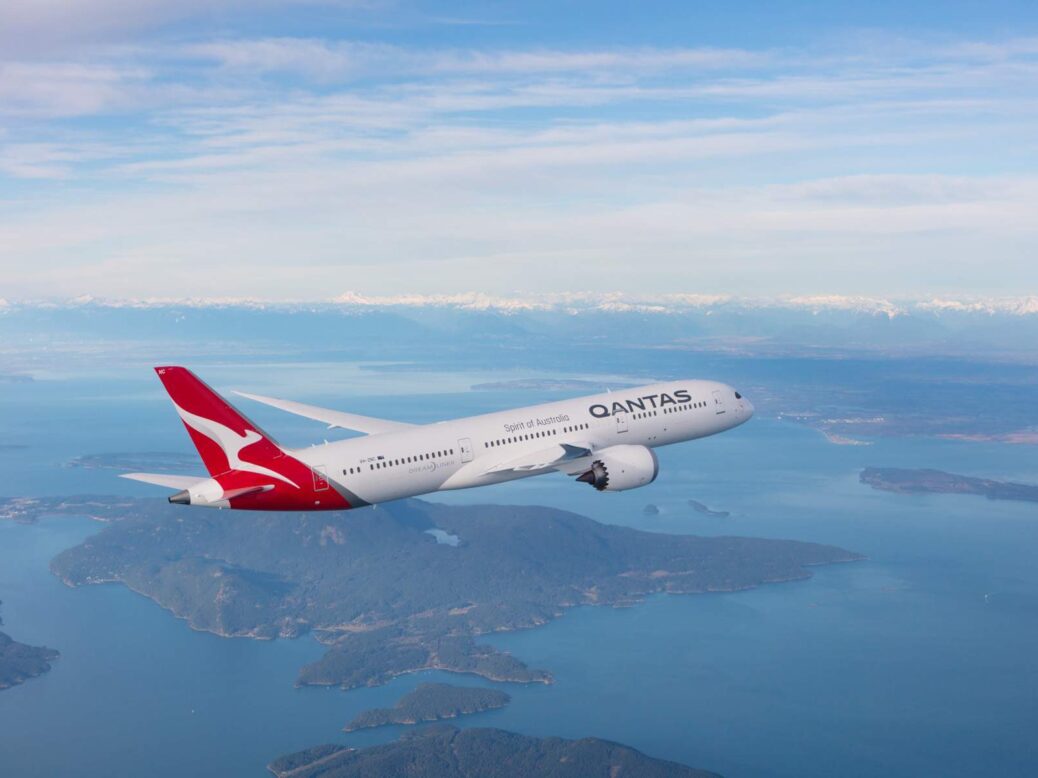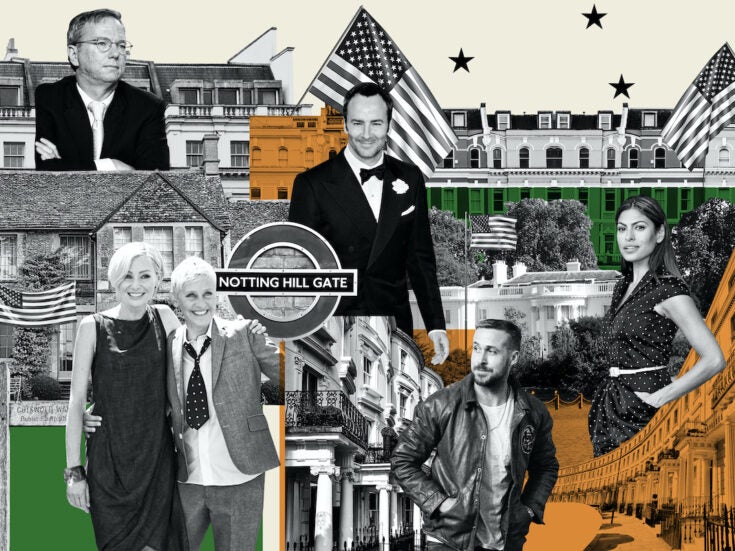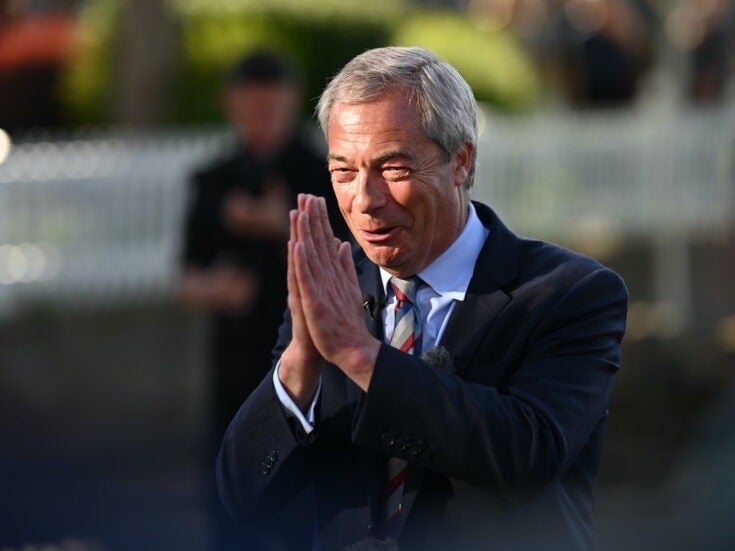
Spears writer Andrew Harris takes the first-ever non-stop flight from London to Perth
An ever-shrinking world just shrank a little further. As Brexit ructions rumble on, those closest to us geographically, suddenly seem more distant than ever. Those closest to us culturally, however, have just drawn a little nearer.
On Sunday 25 March, aviation history was made when Qantas flight QF10 left Heathrow for the very first non-stop passenger flight to Australia. Scheduled for around 17 hours, it made the epic journey to Perth in just over sixteen. For those of us used to flying down under this is without doubt, a game changer, a milestone whose significance goes far beyond the statistics of time saved, fuel conserved, and transit airports avoided.
Technically, the first non-stop scheduled flight was the QF9, the same aircraft that had left Perth the previous day for London. Among the luminaries accompanying Qantas CEO Alan Joyce, on board, were Mark McGowan, the Premier of Western Australia and his Minister for Tourism, Paul Papalia. They were still meeting and greeting passengers when I turned up at check-in, as a giant fluffy kangaroo bounced around the press scrum, and a half-naked didgeridoo player nervously eyed the weather outside terminal three. Chatting with Western Australia’s number one politico, it was abundantly clear that the significance of this new direct link to his state capital, wasn’t lost on him.
Neither one suspects was the unspoken certainty that the only reason this flight isn’t going to Sydney or Melbourne is that they would run out of fuel before they got there. Alan Joyce has issued a challenge to Boeing and Airbus, to provide him with an aircraft capable of direct flights from London to the East of Australia, by 2022 (Project Sunrise). It’s highly likely that they will have prevailed over aviation’s final frontier by then.
Inside Qantas’ brand new, and extremely impressive split-level Heathrow lounge, Neil Perry, one of Australia’s leading chef/restaurateurs looks remarkably sprightly after also having disembarked from QF9. He does subsequently fess up to taking melatonin daily, which seemed a little excessive. Do people go to rehab with melatonin issues? Anyway, he swears by it.
Having overseen Qantas First and Business menus for 21 years, which must surely place him in pole position regarding celebrity chefs associated with airlines, he expands on the work they’ve been doing with Peter Cistulli, Professor of Sleep Medicine at Sydney University’s, Charles Perkins Centre. The new menus have been carefully curated to assist the metabolism as it confronts the challenges of meal times at 38000 feet while hurtling from one hemisphere to another. To the man in the Business Class seat, this simply looks like healthy eating options – barramundi and tuna instead of red meat, and a preponderance of kale and other hydrating vegetables like cucumber and celery. Professor Cistulli’s work though is held in high regard, and on the basis of our own experience, my metabolism and I have no hesitation in endorsing it.

One of the endearing things about Qantas crew is the laid-back, unpretentious and approachable demeanour that flies around the world with them. Other airlines might present a picture-perfect impression straight out of central casting but behind that carefully crafted veneer, often lies all the charm and personality of a Madame Tussaud waxwork. There are no such issues on display when Captain Andrew “Call me Simmo” Simpson, drops by for a chat a few hours out of Heathrow.
Non-stop flights have been accomplished before. An empty 747 was delivered to Qantas from London to Sydney in 1989, and neither is this the longest scheduled flight in the world. The current holder of that title is Qatar Airways, with its Doha to Auckland route, although the differential is mere minutes. But as Captain Simmo explains, it’s the technological advancements that have now delivered up the commercial viability. Specifically, the Boeing 787-9, the Dreamliner, an aircraft about which he is clearly messianic. It is notably quieter, something that was very evident on take-off. There’s no shaking around, no luggage compartments flying open and very little noise, just a super smooth near silent elevation.
As Simmo approaches Mach 2-enthusiasm for his favourite aeroplane, I learn that perhaps the biggest contribution the Dreamliner makes to an enhanced in-flight experience is with cabin pressurisation. With cabin pressure normally around 8000 feet, the tougher but lighter carbon fibre content in the 787-9’s construction (the only commercial aircraft with a completely carbon fibre fuselage), enables a cabin pressure of 6000 feet. This combined with enhanced humidity delivers a significantly superior air quality, and there can be little doubt that this is one of the prevailing reasons why I’ve never before been delivered into the promised land of an Australian summer feeling as fresh and unflustered.
The Dreamliner also has larger windows and the capability to adjust light in quite an intricate manner, something with which Professor Cistulli and the Qantas team engaged extensively with Boeing in Seattle. The timing and manner of lighting the cabin, and indeed serving meals, has been tweaked away from more established expectations, in an attempt to massage the adjustment of passenger body clocks more effectively. According to Cistulli, “Applying light at appropriate times helps reduce the effects of jetlag.”

There’s no first class, a 42-seat Business class cabin arranged in a one-two-one format, affording aisle access to every passenger, a 28-seat Premium Economy cabin, and 166 seats at the back. The overall impression conveyed inside these brand-new aircraft is one of spaciousness and stylish well-designed functionality. The business class “suites” have been very well thought out, reclining into an 80-inch fully flat bed, with wi-fi planned for the not too distant future. The pyjamas with a bright silver shiny splurge across the front, apparently a Qantas kangaroo, made us all look like members of the League of Superheroes, and were the only aspects of the business class experience to invite controversy. Otherwise, the forward cabin elicited a universal thumbs up.
And no surprises there. This flight has clear and obvious appeal to Business travellers and those habituated to First, prepared to drop down a notch. At one point I found myself perusing the flight map directly above Dubai, with the rather poignant question thrusting forward: would I rather be down there changing terminals, or up here ignoring Professor Cistulli’s advice about alcohol, and ordering more champagne while surfing through the box-sets that accompany the movie selection? Not much to think about.
For economy passengers, making their own contribution toward the new adventure’s profitability prospects, the lines between direct or transit, are more blurred. Not least as the fares for all classes of travel command a premium over transiting routes. The last of several forays around the aircraft was into the economy cabin just before landing. The grimaces of resigned determination glaring back were reminiscent of those Japanese game shows where contestants vie to endure long periods with eels stuffed down their trousers, or wearing a wasp’s nest helmet. Although to be fair, such images of fatigued capitulation are what you’d confront in the economy cabin of pretty much any long flight about to touch down in Australia.
The premium economy cabin, which impresses as one of the best I’ve encountered, will no doubt begin to exert a seductive allure for economy passengers. Families with small children meanwhile, will be drawn to the new route by not having to wake them up merely to drag their teddy bears, bleary-eyed around some far-flung transit lounge. And there are a lot of British family connections in Perth, my own included, where the British DNA has been spread much more widely than in any other Australian city.
While previously, Qantas had flown to Singapore, thereupon transferring London-bound passengers onto Imperial Airways, in 1947 they undertook the entire journey. It required four days and seven stops in long-lost outposts of empire such as Karachi and Cairo, eventually becoming known as the kangaroo route. It’s taken quite a while to realise this long-held dream, but the kangaroo route can now finally be accomplished in its entirety, with just one great big non-stop hop.
Quantas flies from London Heathrow to Perth daily, with Business C lass return fares starting from£3,052. To book, visit qantas.com







